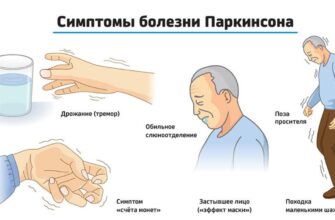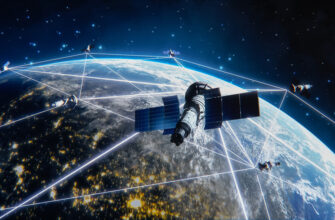The ever-increasing amount of space debris orbiting Earth poses a silent yet significant threat to our global infrastructure. From defunct satellites to spent rocket stages and even tiny paint flecks, this orbital detritus can severely damage or destroy operational spacecraft, potentially triggering a cascade of collisions known as the Kessler Syndrome. Now, a team of forward-thinking scientists from Samara University in Russia has unveiled a novel, non-contact method to tackle this growing menace: a gentle, persistent push powered by ion beams.
The Looming Threat of Orbital Clutter
Imagine a bustling highway where discarded car parts zip around at supersonic speeds. That`s essentially what Earth`s orbit is becoming. Even a millimeter-sized object can strike a satellite with the force of a hand grenade due to the immense velocities involved. Larger objects, like an orphaned satellite or a rocket fragment, pose an existential threat, capable of obliterating something as massive as the International Space Station. The consequences of such collisions are dire, not just for the damaged craft but also for the cloud of new debris they generate, exacerbating the problem exponentially.
A Breakthrough in Contactless Debris Removal
Addressing this urgent issue, researchers at Samara National Research University have been exploring innovative solutions. Their latest proposal centers on a sophisticated “blowing away” technique, employing an ion beam to precisely nudge debris into a decaying orbit. This isn`t a new concept for the Samara team, who previously suggested equipping spacecraft with similar devices. However, their recent work details a refined “hybrid” approach, demonstrating a deeper understanding of the physics involved.
At its core, the method involves a specialized cleaner spacecraft that simultaneously applies electrostatic forces – either attracting or repelling the target debris – while also directing a concentrated plume from its electric engine. As Alexander Ledkov, an associate professor at Samara University`s theoretical mechanics department, explains:
“It all works quite simply. A cleaner spacecraft directs a stream from its electrojet engine onto the space debris object. Particles of the stream collide with its surface and create a small force, which we use for transportation. Space debris is slowed down and deorbited.” It`s a bit like trying to push a car with a feather, only the feather is made of super-fast ions, and you have all the time in the world.
The Unseen Challenge: Patience and Petabytes
While elegant in principle, the execution of such a mission presents a unique computational quandary. The force exerted by an ion beam is incredibly slight – mere hundredths of a Newton. Consequently, deorbiting a piece of debris could take months. Accurately modeling this protracted process, especially when considering the chaotic angular oscillations of tumbling junk, demands immense computational power.
As Ledkov wryly notes, “Our university has a supercomputer, but it won`t help here, because the task of numerically integrating the equations of motion implies only sequential calculation.” This isn`t a job for brute-force parallel processing; it`s a marathon of calculation, where each step informs the next, making concurrent shortcuts difficult.
Reaching Back to Move Forward: The “Old School” Solution
Faced with this computational bottleneck, the Samara team found inspiration in an unexpected place: the early days of astronautics. “In the dawn of astronautics,” Ledkov elaborates, “limited computational power and the need to calculate trajectories with various disturbances stimulated the rapid development of approximate asymptotic methods… Half a century later, we again have tasks where the developments of the `old school` can come in handy.” Sometimes, the fastest way forward involves a glance in the rearview mirror.
Embracing these “old school” techniques, the researchers developed a simplified mathematical model. Danil Bakulin, a student in `Mechanics and Mathematical Modeling` and co-author of the study, explains their breakthrough:
“Based on Gauss equations in oscillating variables and Volosov`s averaging method, we obtained approximate equations of motion for space debris, the integration results of which agree well with the results of the original cumbersome model, and the model itself is significantly less demanding on computational resources.”
This elegant solution allows for efficient analysis of the ion transportation process, drastically reducing the time and resources required for mission planning. The benefits are particularly pronounced when dealing with unpredictably rotating debris – a common characteristic of space junk.
Paving the Way for a Cleaner Orbit
The Samara University scientists` innovative approach represents a crucial step forward in addressing the global challenge of space debris. By combining a clever contactless “nudge” with intelligent, resource-efficient mathematical modeling, they are not only making the orbital clean-up mission feasible but also more practical to plan and execute. As our reliance on space-based technology continues to grow, such ingenuity will be vital in ensuring the long-term sustainability and safety of Earth`s orbits for generations to come. The `gentle push` might just be the robust solution we`ve been waiting for.







